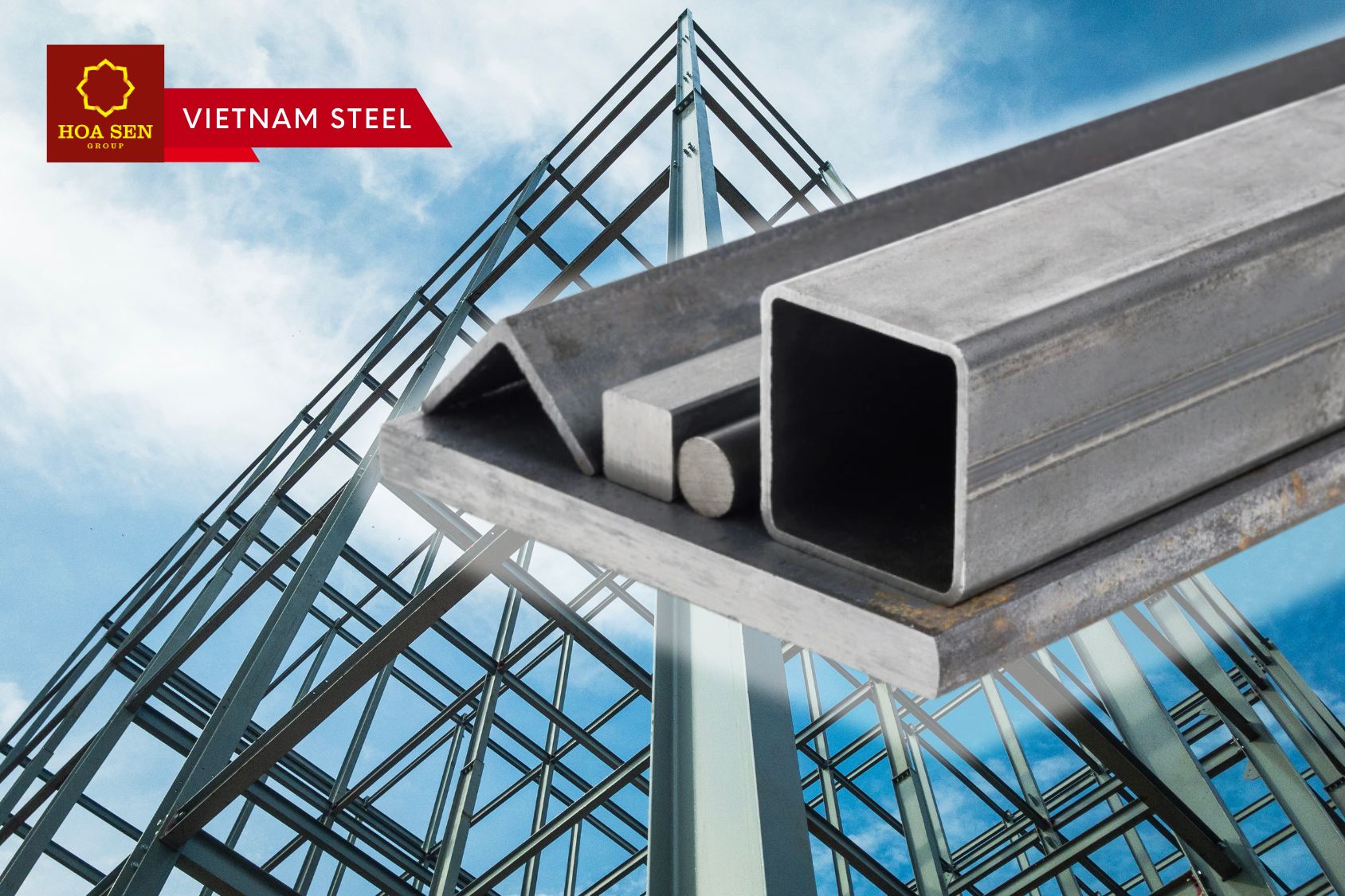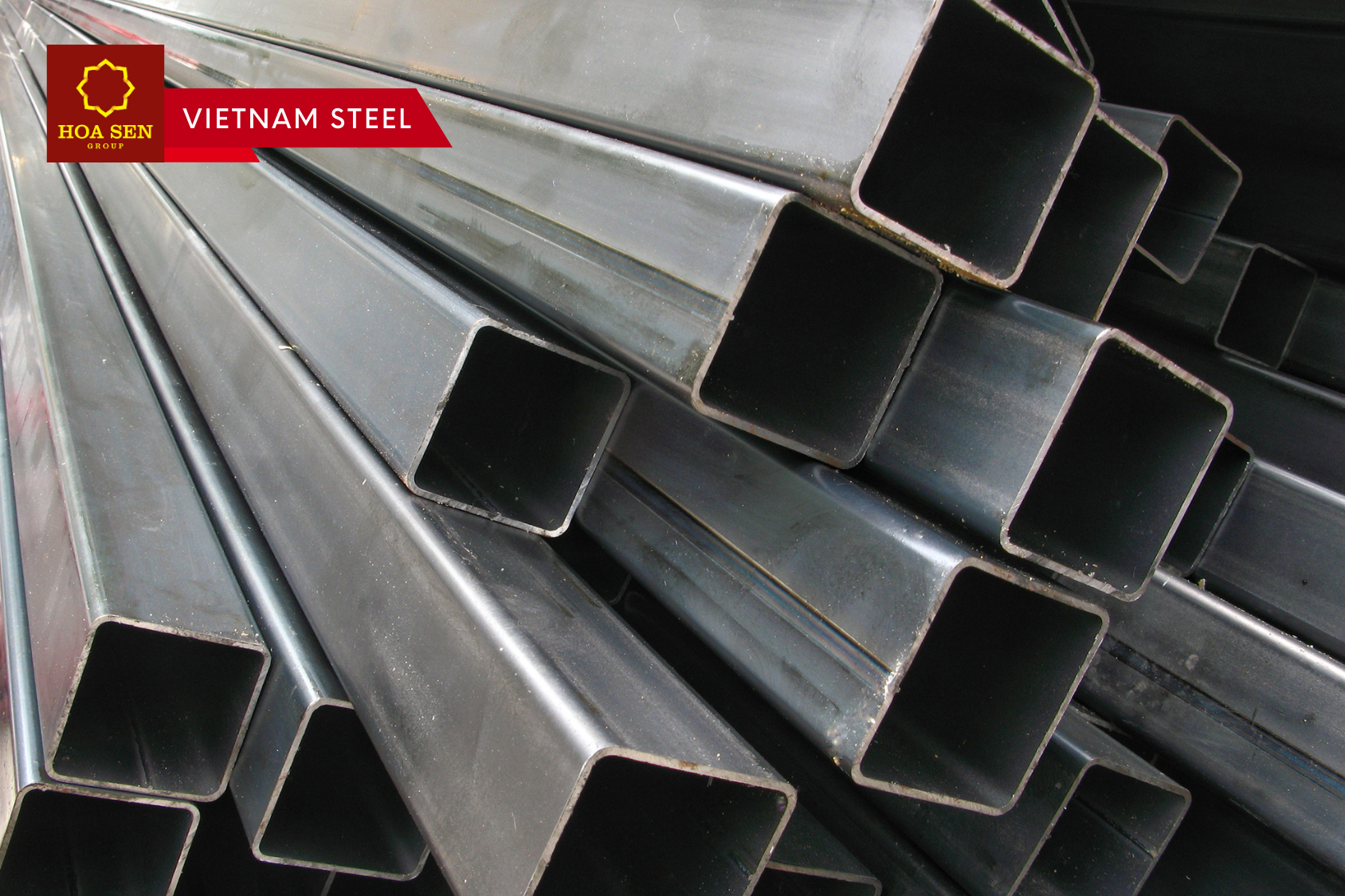What is High Carbon Steel?
Carbon steel is a variant of steel wherein carbon acts as the primary alloying component, accompanied by lesser quantities of other elements. This metal finds extensive application in the fabrication of various goods and structures, primarily due to its cost-effectiveness and formidable strength.
Further classification of carbon steel occurs based on its chemical composition and mechanical attributes. These categories encompass low carbon steel (also known as mild steel), medium carbon steel, high carbon steel, and ultra-high carbon steel. The selection of each grade hinges upon the intended properties of the end product, giving rise to a diverse array of applications.
Medium to high carbon steel sees prevalent utilization in the creation of mechanical elements such as gears, crankshafts, and shafts. Its marked strength and notably elevated hardness render it a prime candidate for an extensive spectrum of tooling purposes.
High carbon steel boasts a carbon content ranging from 0.6% to 1.5%, contributing to its renowned robustness and exceptional hardness. Nevertheless, it's crucial to note that while high carbon steel excels in strength and hardness, it surpasses even medium-carbon steel in brittleness. The application of high carbon steel finds a niche in scenarios necessitating formidable strength, exemplified by the crafting of knife blades, hand tools, and springs.
Read More: What is Galvanized Steel? The Galvanized Steel Manufacturing Process
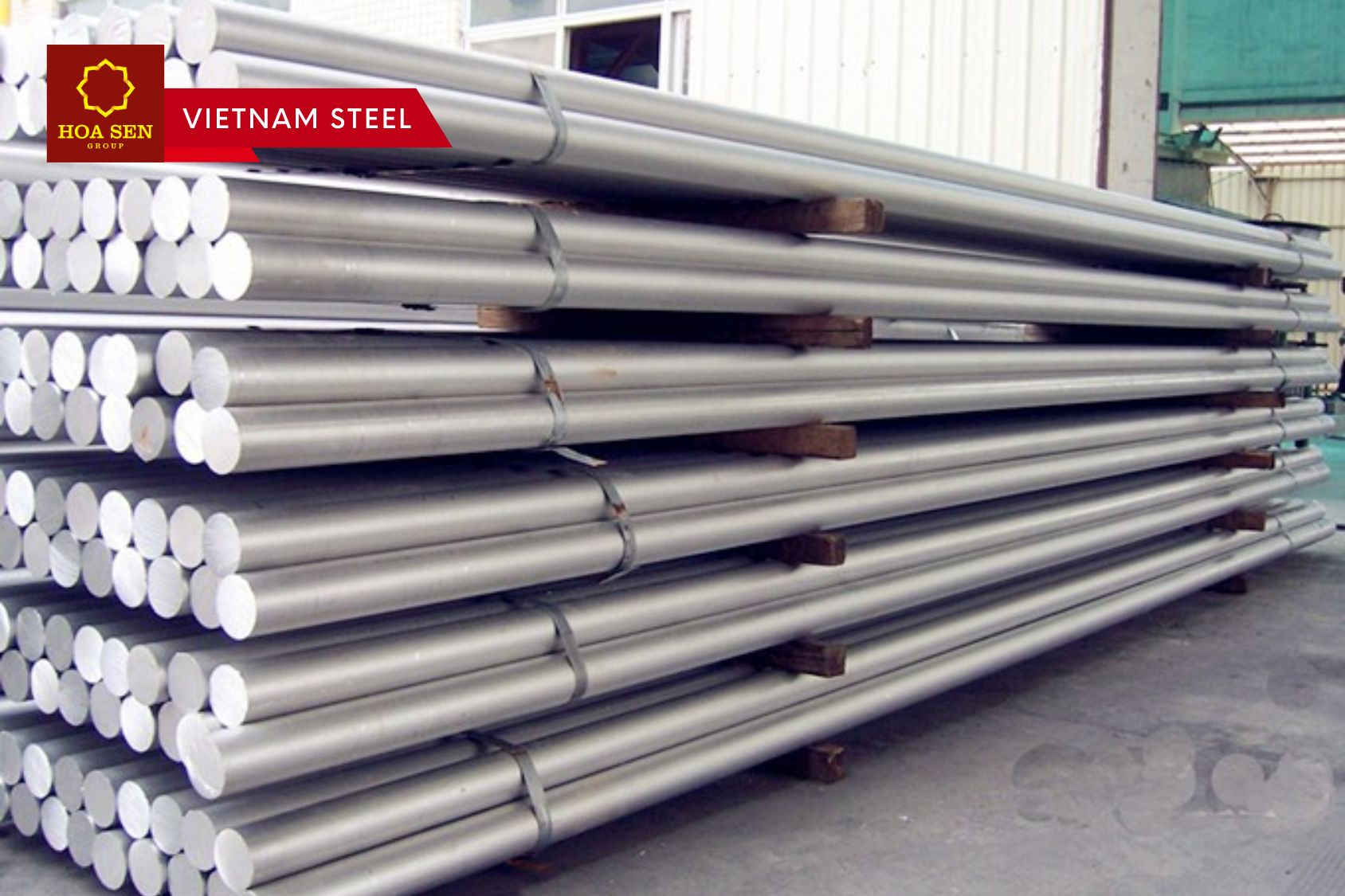
Difference Between High Carbon Steel and Low Carbon Steel
To begin, let's examine the distinctions between high-carbon steel and low-carbon steel. High-carbon steel boasts a higher carbon content (exceeding 0.5%) compared to the lower carbon content of low-carbon steel (below 0.2%). This elevated carbon concentration contributes to high-carbon steel's attributes of hardness, strength, and resilience. However, it also renders it notably more challenging to mold or shape than low-carbon steel. On the other hand, low-carbon steel, with its reduced carbon content, proves more pliable for shaping or forming but tends to be less robust than high-carbon steel.
The composition of high-carbon steel consists of iron and carbon, yet the carbon content far surpasses that found in low-carbon steel. Consequently, high-carbon steel demonstrates heightened hardness in contrast to low-carbon steel, though it also exhibits a heightened level of brittleness. The application of high-carbon steel finds prominence in areas requiring robustness and endurance, particularly in cutting tools and similar contexts.
In the case of low-carbon steel, the composition encompasses iron and carbon, yet the carbon content remains substantially lower than that of high-carbon steel. This distinction contributes to the softer nature of low-carbon steel when compared to its high-carbon counterpart. Furthermore, low-carbon steel displays greater ductility. It finds its utility in scenarios where characteristics like malleability and weldability take precedence.
High Carbon Steel Properties
High carbon steel is frequently selected for its exceptional strength and impressive resistance attributes. It exhibits a degree of ductility, allowing it to undergo deformation without fracturing.
Notably, high carbon steel possesses a unique characteristic known as "memory." This intriguing trait implies that after the material has been stretched, it regains its original form upon release, restoring the shape it was initially crafted into.
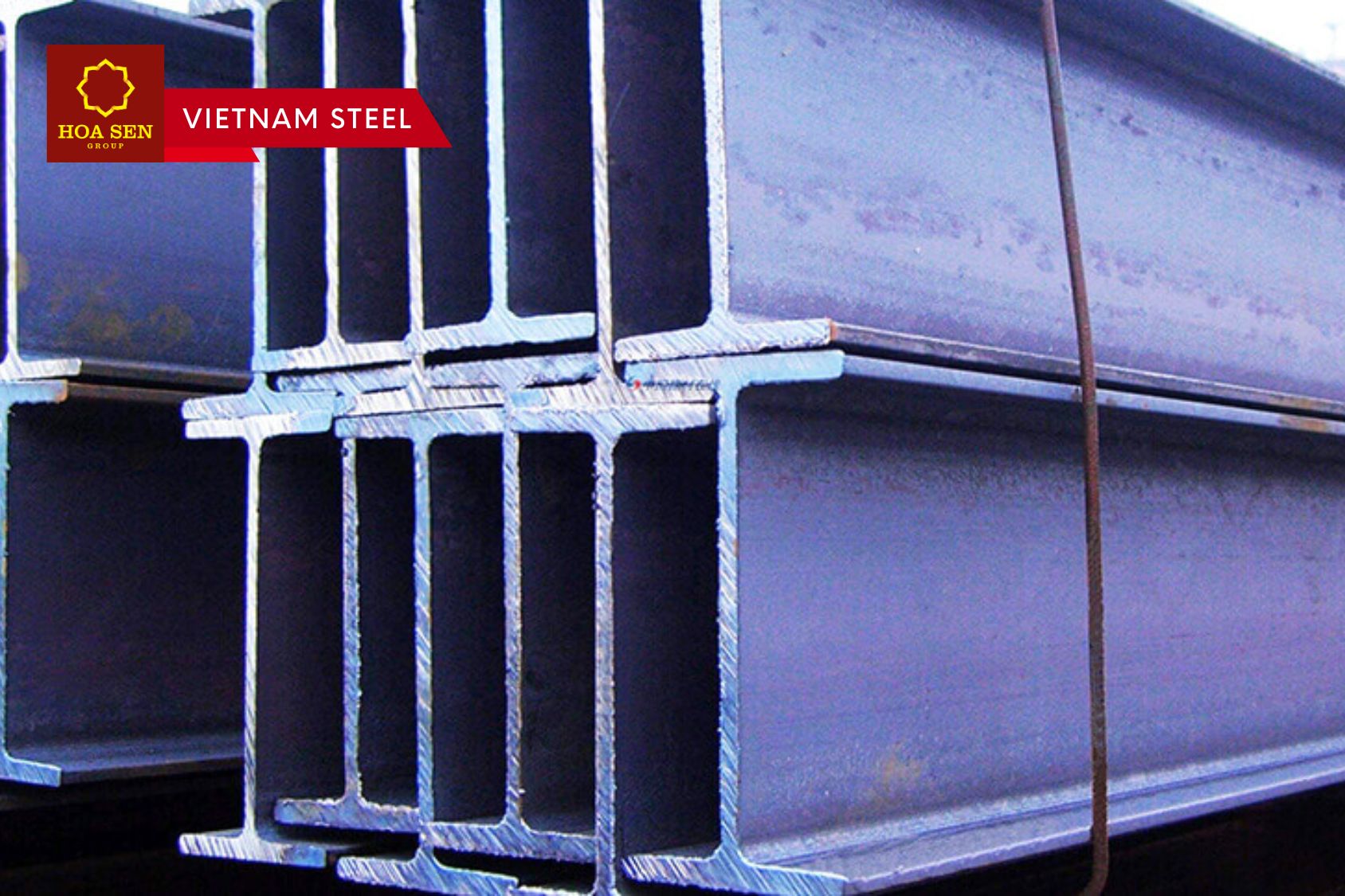
High Carbon Steel Types
1. Plain Carbon Steel
Among the frequently employed varieties of high-carbon steel, plain carbon steel stands out for its affordability and extensive utility. Its composition is primarily centered around iron, complemented by minor proportions of manganese, silicon, sulfur, phosphorus, and oxygen, all of which contribute to its robustness. This particular steel variant finds its way into diverse applications, including construction ventures like bridges and buildings, owing to its capacity to withstand environmental challenges.
2. Alloyed Carbon Steel
Diverging from plain carbon steel, alloyed carbon steel incorporates additional metals like chromium or nickel, imparting enhanced strength and resistance to rust. This particular high-carbon steel variant finds prominent usage in crafting automotive components or tools that necessitate exceptional durability and heightened protection against corrosion.
3. Tool Steel
Tool steels are crafted with elevated levels of alloying elements like molybdenum or tungsten, surpassing the content found in other varieties of high-carbon steels. They are meticulously engineered for dedicated application within tools, such as drill bits or saw blades. Distinguishing itself, this breed of tool steel exhibits heightened hardness in comparison to plain or alloyed steel. This augmented hardness equips it to endure greater wear and tear, ensuring sustained performance without swift deterioration.
4. Spring Steel
Spring steels are exclusively formulated to excel in spring applications due to their exceptional combination of remarkably high tensile strength and concurrent flexibility. This unique attribute renders them superbly suited for utilization in products like automotive suspension systems. In contexts where the amalgamation of flexibility and durability is paramount for optimal long-term performance, spring steels prove to be the ideal choice.
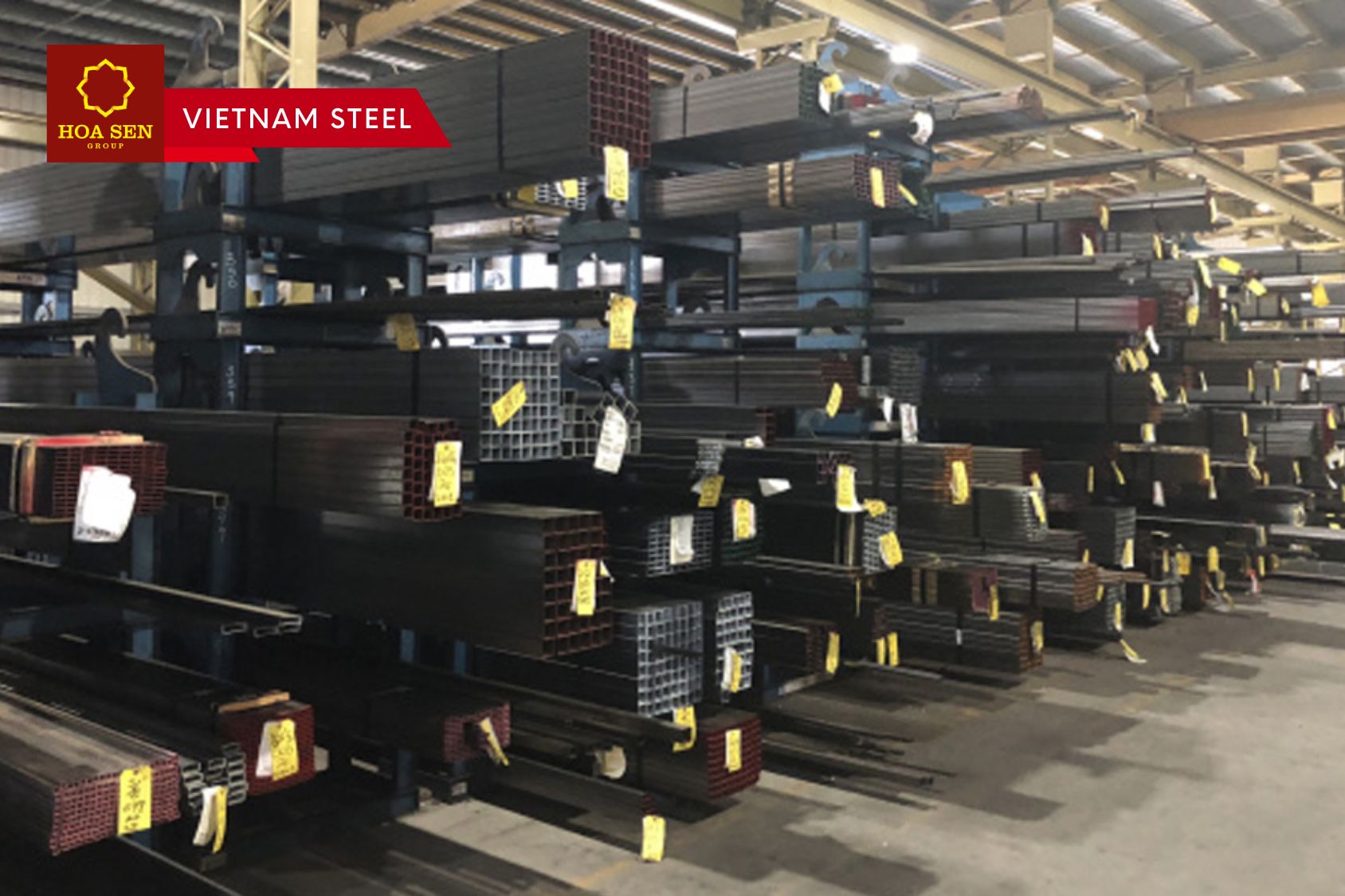
High Carbon Steel Uses
High-carbon steels find prevalent application within industrial sectors that demand robustness and hardness. They prove indispensable in crafting an array of items, including tools, blades, springs, saws, hammers, and other precision cutting instruments necessitating enduring sharpness. Moreover, high-carbon steels are favored for use in machinery components seeking heightened wear resistance, such as gears or bearings. Their utility extends to construction elements that must withstand substantial loads, exemplified by beams or columns.
Typically, high-carbon steels are shaped into bars or sheets for these specific purposes. Unlike low-carbon steels, they are less amenable to intricate shaping due to their inherent hardness, thus underscoring the challenge of working with them.
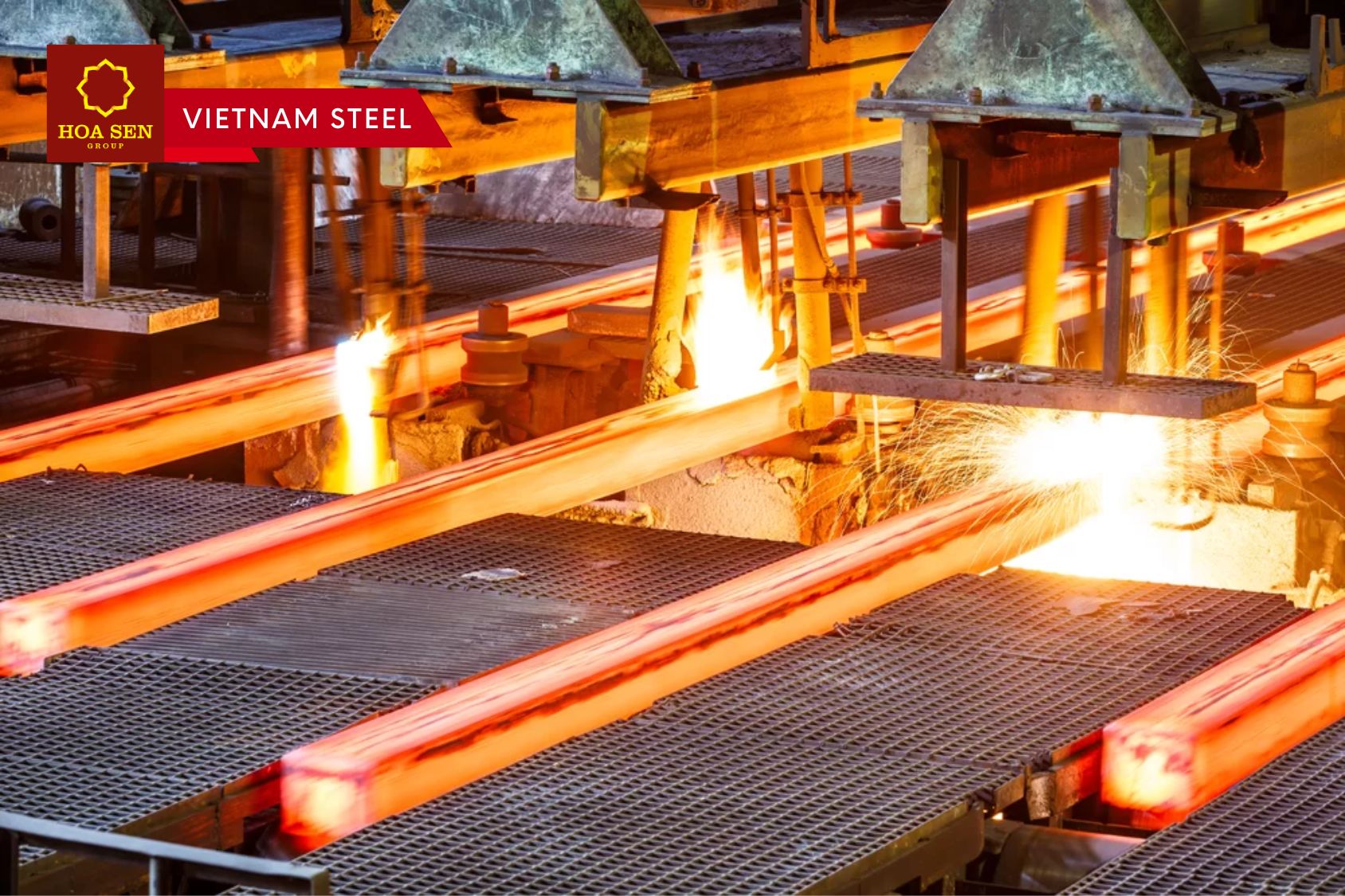
Does high carbon steel rust easily?
Nonetheless, the speed at which carbon steel corrodes hinges upon diverse factors. These encompass the operating environment, the presence of supplementary metals or substances that can expedite corrosion, and the specific carbon steel variant in use.
Certain variations of carbon steel may demonstrate superior rust resistance compared to others. Employing protective coatings, such as paint or electroplating, can effectively diminish the likelihood of rust emergence.
